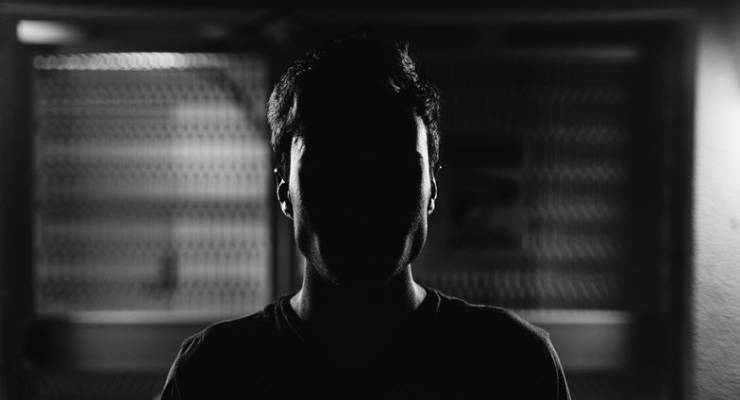
From Melbourne’s recent “youth gang crisis” to the coverage of youth detention scandals in the Northern Territory and Western Australia, the media can’t get enough of juvenile “delinquents” and their exploits.
In these reports, media must balance free expression and open justice against the interests and rights of those being reported on, but concern is growing that the coalescence of well-meaning legislation and modern market forces is negatively impacting the way youth justice is reported.
In every jurisdiction but the Northern Territory, the identity of children facing the youth justice system is legally suppressed — and for good reason. The practice is broadly accepted as a necessary and responsible way to ensure the mistakes of a troubled youth don’t haunt a rehabilitated and well-adjusted person into adulthood.
Those advocating for change in the Northern Territory will tell you the naming and shaming of youth offenders often results in salacious trials by media, which lack nuance and ignore the vulnerability of those they’re reporting on. And yet the insidious ways the suppression of an offending youth’s identity can pervert the public debate are less often discussed.
A very real consequence, even for public-interest journalists, is that public anonymity can encourage commentary that would otherwise be defamatory.
“The anonymisation of the child means that the reportage can be more exaggerated because it’s not going to damage that particular child or the case,” author of The Journalist’s Guide to Media Law, Queensland-based Professor Mark Pearson told Crikey.
Media and law lecturer at RMIT, Fiona McIntyre also tells Crikey defamation laws only apply to identifiable individuals, not small groups, allowing similar freedoms to make inflammatory claims about youth “gangs”.
“Groups generally can’t sue for defamation unless the group is so small that someone could say that they were readily identifiable in the reportage.” She says in most cases this is prohibitively hard to prove in court.
These laws mean that outlets will report on anonymised young individuals, or groups of young people, very differently to how they would report on readily identifiable adults.
“While it’s protecting the child and giving them the chance to right their wrongs in adulthood, it also makes the system opaque. Miscarriages of justice are less easily exposed because not as much detail is available,” McIntrye said.
Pearson says these issues are compounded by an increasingly poorly resourced media, which thrives on quick and easy clickbait.
“What the anonymity does is it takes away from the news value of the story. People don’t get interested much in a story unless there is a name and a face attached to it.”
“But the biggest problem now is the lack of resourcing of the mainstream media means there are far fewer court reporters generally, who are trying to cover way too much territory,” Pearson said.
Journalist and Associate Professor of Journalism at Monash University, Margaret Simons agrees.
“It used to be the case that the media had many reporters in court. It means you’re often getting less experienced reporters in courts who can misinterpret things, or are more likely to crumble from pressure at the news desk. If the news desk for example decides there’s a youth gang crisis the court reporters will fall into line on that.”
What do you think of the rules and practices around youth crime reporting? Write to boss@crikey.com.au and let us know.







Not a lot has been gained by suppressing the ethnicity of offenders. For anyone who has lived for extended periods of time at various parts of regional Oz the “plot” is sufficient to identify the nature of the participants. Secondly, Brazil experimented with youth crime and got itself into deeper sections of quicksand.
At the time of inception of European influence the age of responsibility for a crime was eight. My group of 8 year olds certainly could distinguish right from wrong. Now, most schools have a policy of “three offences” which just permits two other offences for “free” as it were. THEN – all of a sudden – there is the real world for which some have not been educated to take responsibility for their actions.
There is actually quite a lot of history (melinda in fact) of educating children. Nothing “new” needs to be invented.
The lead to this story is misleading. The content suggests that the lack of allocation of adequate and experienced journalistic resources to crime reporting by less responsible media management is the real problem. There is nothing in the story to justify a change to the law.